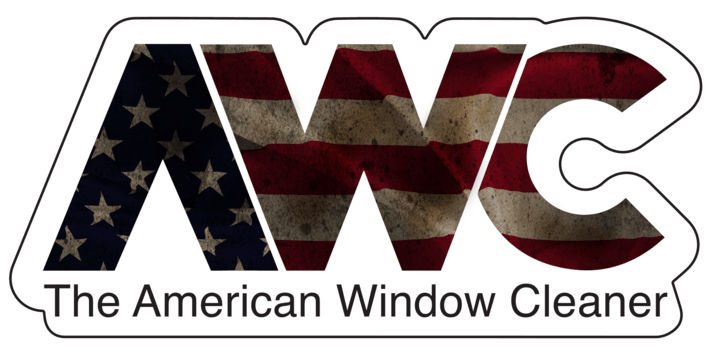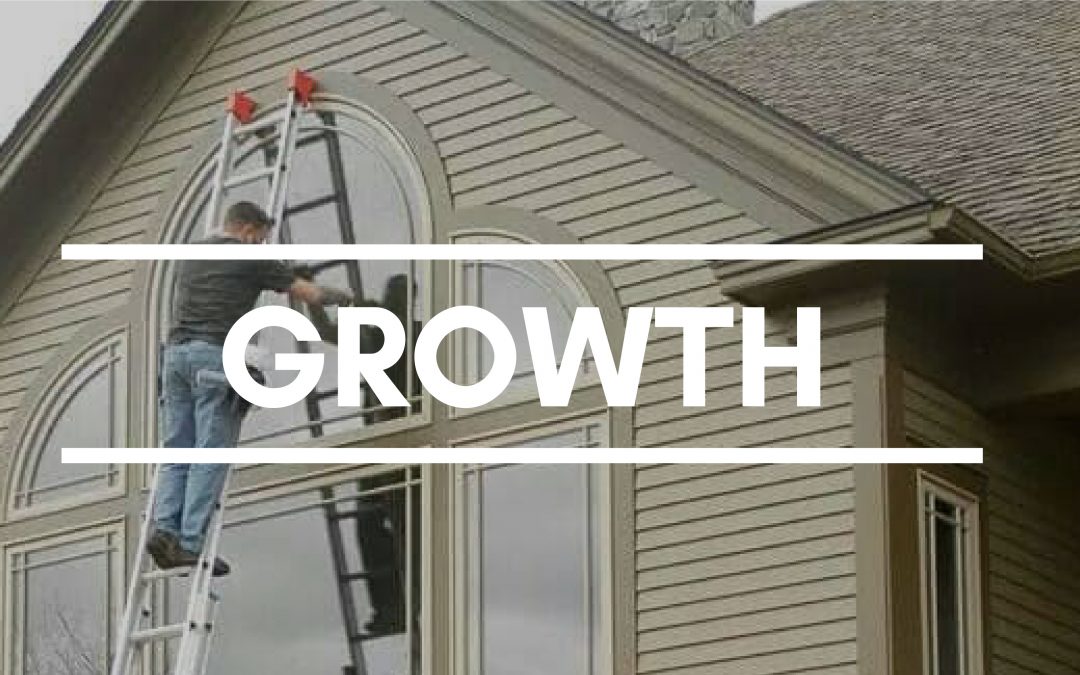-Part 2
In last months’ article we covered the basic financial setup you need for your home service business. From the setup of your bank accounts, to the idea of using a credit card, and finally the concept that you are both the CEO of the company and the owner and you need to understand when you are wearing which hat. If you didn’t get a chance to view that content double back and check out last month’s article. Now, let’s dive into the accounting structure you’ll want to use to maximize the efficiency of assessing your performance and making quick decisions to course correct and stay inline with your business model.
A couple months ago we published an article on “How to Setup Your Quickbooks the Right Way” where we dove into the different categories you need to have in your P&L, what rolls up into each category, and what % of your revenue you should target for spend within each category. In this article we are going to take that another level and pinpoint the primary areas of each category you should scrutinize if you find yourself out of line with the business model laid out. The beauty of this process is that you only need to look at 5 numbers when you assess your P&L. I would even go so far to say you can summarize your entire P&L into those 5 numbers and in less than 30 seconds know if you are hitting the mark or not. If one of your 5 categories is off, instead of looking at your entire P&L and getting overwhelmed you simply look at the category that is missing the target and you dive in to scrutinize just that spend area.
Cost of Goods Sold

Credit: Edward Konzen
Our target spend on this category is 45% of revenue for a window cleaning business. As a reminder this is all of the stuff that happens out in the field to complete Mrs. Jones’ job. There are 3 general areas you should make sure you are dialed in to hit this target. Labor is the most significant spend here, it should land at 35% of revenue including payroll taxes (37.5% if fully loaded with workers comp) for a window cleaning business. Keep in mind this is only the field labor, not admin labor. If you are in the field, even if you aren’t taking a paycheck as the operator, you should calculate your replacement cost and act as if that spend is in here to make sure your business model is intact. If this spend is high then you solve it by switching to commission based pay, raising prices, or finding other ways to increase labor productivity in the field. The second area of COGS to check is your fuel spend. If you are more than 2-3% of revenue in this category then you may consider finding ways to route more efficiently or downsizing your fleet to more fuel efficient rigs. Lastly, your supply and tools/equipment spend should be roughly 2.5% of your revenue. This would be for all things like squeegees, towels, waterfed poles/parts, ladders, etc… If you are high in this category it is likely due to employees mishandling equipment or you may have an affixation with buying “toys” that you need to wrangle in.
Marketing
I truly don’t believe you can ever spend too much on marketing. For an aggressive growing business you should be spending a ballpark of 15% on your marketing, but I know folks that push 20-25% if they are really going for it. Of course, that limits their ability to distribute profit in the short term but it can sure as heck create a whole lot of profit for them in the long term. In this case, though, as far as a constraint to keep an eye on, I am more interested in the acquisition cost rather than the % spend on this category. In Window Cleaning we can generally spend about 30% of the revenue of any job on the marketing to acquire that job and still break even when we do that work, then any future repeat service to that client or a referral from them is loaded with profit. I target 30% of revenue for a brand new client because I like to make sure we at least don’t lose money the first time we serve them. So, if your average job size is $300 for instance, you could spend about $90 of marketing for each new client. This number is commonly referred to as your client acquisition cost, and should include not only the ad spend but also your marketing infrastructure and any expert labor you pay to put those ads into place and make them convert. If your new client acquisition cost is above 30% of your average job size then you should consider reigning in your marketing spend and finding better converting and more cost effective leads or adjusting your sales process to improve your conversion of new leads. On the flip side, if your new client acquisition cost is significantly below 30% of your average job size then you are leaving money on the table, you should continue to increase your marketing spend until you hit the point of diminishing returns when that next job acquired tips over the 30% threshold.
Administrative Overhead
If you are exceeding 15% in this category it means your business is “fat” and the people that do their work from the computer screen aren’t producing enough value to pay for themselves. If you as the CEO spend most of your time in the office answering phones or working on your business you should consider your wage (or at least your replacement cost if you don’t take a wage) here, too. If you are on the high side here you need to start implementing more sales and conversion metrics for your office team so they can see the value of their work and be laser focused on growing the business.
Fixed Overhead

Credit: Dave Mogle
We shoot for 5% fixed overhead and to hit that you need to have a very dialed in infrastructure as you scale your business. Since these costs are fixed and generally locked in they are very hard to manipulate once you have a problem. For example, if your rent is high (we’d shoot for 2%) and you are locked into a long term agreement then that only way to get your % back inline is to grow your revenue. If you are struggling to grow your revenue as a means to keep these costs in check then your other alternative is to either drop them altogether or renegotiate and/or shop around when the contract comes up.
Variable Overhead
Last but not least we have our frugality check. Variable overhead should be kept below 5% and if you find it exceeding that level it is generally due to spending money on things that aren’t generating enough of a return for your business. A lot of stuff falls into this category, but it usually gets sideways if you rack up a lot of meals/entertainment expenses, repairs & maintenance expenses, or travel expenses for different events. In all cases you should consider the return you are getting on those expenses; you need to be able to confidently demonstrate that any spend here will create 7x that amount in revenue to cover the cost. Example, if you spend $1,000 going to a convention on the event ticket, travel & hotel, you need to get something from that event that grows your revenue by at least $7,000 to generate enough profit that it covers your cost. That framework is a great lens to use before you spend money on these overhead expenses, always make sure it brings enough money back in to pay for itself.
Don’t make your P&L harder than it has to be, and don’t worry about problems that don’t exist. Group your P&L into these 5 categories and for starters only assess at that level. In 30 seconds you will know very quick if and where problems exist in your business and then you can use these pointers to dive in and solve the problems. Don’t forget to head out to our website at yourblueskies.com to grab our free chart of accounts download that rolls everything up into these 5 groupings for you.
Dan Platta – CEO – Blue Skies Services
Bookkeeping, Beer, and BS on Facebook

